
In general, human beings are a bit large, which makes us less interactive with the world.
For example, if we want to interact with our dog, we can touch its head and rub its belly.
If we want to interact with an ant...
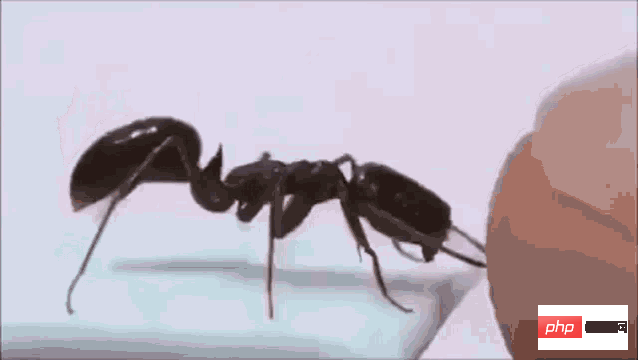
You may flick the ant away without feeling anything. Obviously not the way we interact with ants, for example, for an entomologist, it may be necessary to use tools and magnifying glasses.
In order to be able to interact with smaller creatures, in a paper recently published in "Scientific Reports", robotics experts from Ritsumeikan University in Japan demonstrated a robot with tactile feedback. Remote control operating system, which connects the human finger with a micro-finger, allowing the user to interact normally with small insects.
You can even touch the bug’s belly and feel its softness.
The paper is called "Realizing the interaction between micro-finger and insects through active tactile perception of the force of small insects through soft micro-finger".
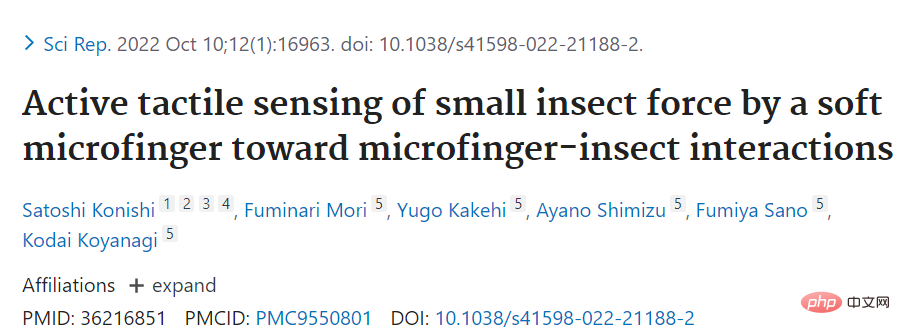
The micro-finger (micro-finger) proposed in the study is only 12 mm long, 3 mm wide and 490 microns thick. Inside each micro-finger is an air bag installed, which is a hollow space that can be pressurized with air.
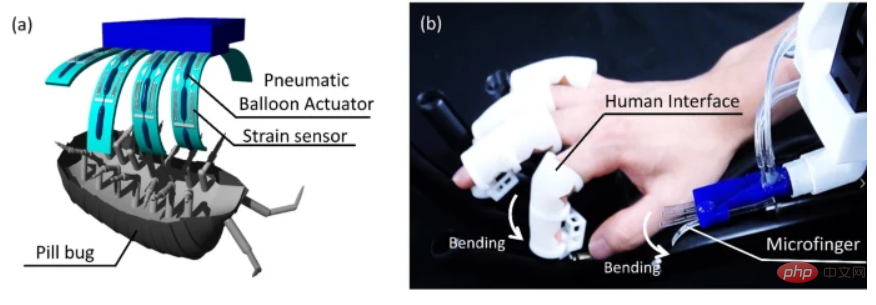
Since the air bag is located at the top of the microfinger, when it is inflated, it will bulge upward, causing the microfinger to bend downward. When the pressure is reduced, the micro-finger will return to its original position, thus realizing the bending and straightening of the finger.
There is also a separate channel filled with liquid metal on the micro-finger. When the micro-finger is bent, the channel is elongated and the liquid metal becomes less. By measuring the resistance of the metal, you can know how much the finger is bent. This combination of actuation and force sensing means that the human haptic system can be used as a force feedback interface: when you move your finger, the microfinger moves, and the force can be transmitted back to you, allowing you to feel the microfinger. .
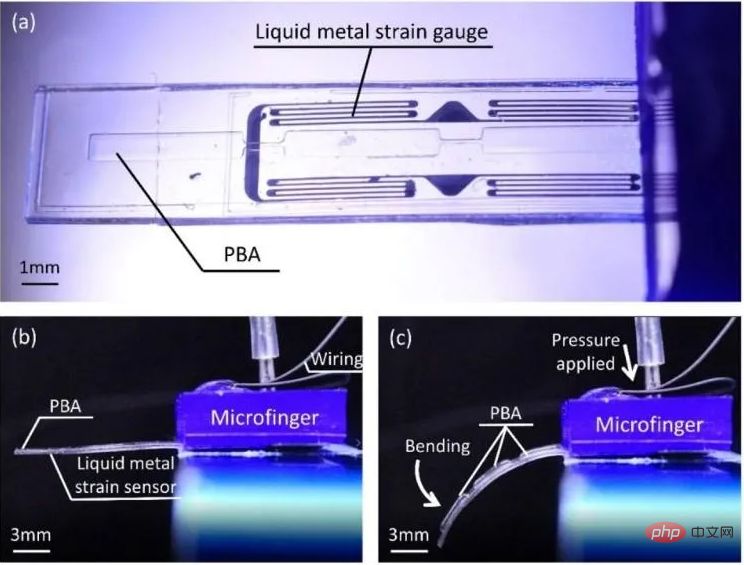
Fans of the Golden Age of Science Fiction will recognize this system as Waldo F. Jones ), although the concept has deeper roots in science fiction:
It suddenly occurred to me: I could make miniature hands for my hands. I could make them the same kind of gloves that I have on my current hands, use the same system to attach them to handles that are ten times smaller than my arms, and then... I'd have really tiny arms that would map my movements Cut 200 times. With these hands, I will break into a small world that they have only seen and that no other hand has touched. I'm going to get to work.
This science fiction idea has now come into reality. In the paper, a watermelon bug (scientific name: rat lady) is illustrated as a representative insect.
The tiny fingers move and exert force on the watermelon bug lying on the ground. The watermelon bugs respond to external forces acting on the microfingers. The microfingers can detect the reaction force of the watermelon bugs through their strain sensors. The active sensing of the microfingers makes the interaction between the microfingers and the insects possible.
With this system, the researchers were able to successfully determine that the "watermelon bugs" can exert about 10 micronewtons of force through their legs, which is about the same force estimated using other techniques.
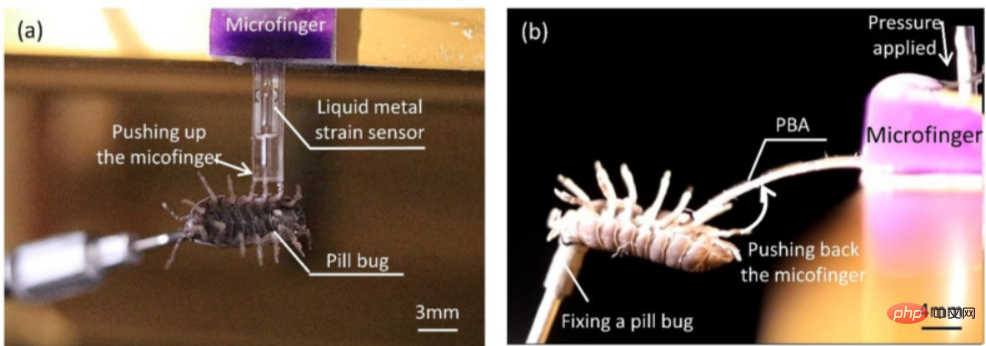
Although this is just a proof of concept study, the potential here is exciting enough because there are still many places in the world that humans have not yet truly touched.
https://www.php.cn/link/30aaa42805c04522a16e12d7e5b87437
https ://www.php.cn/link/1906f3350e1fa43adced642ff351c943
The above is the detailed content of Japanese scholars develop the smallest mechanical finger in history, which can tickle insects and feel the touch of their belly. For more information, please follow other related articles on the PHP Chinese website!




